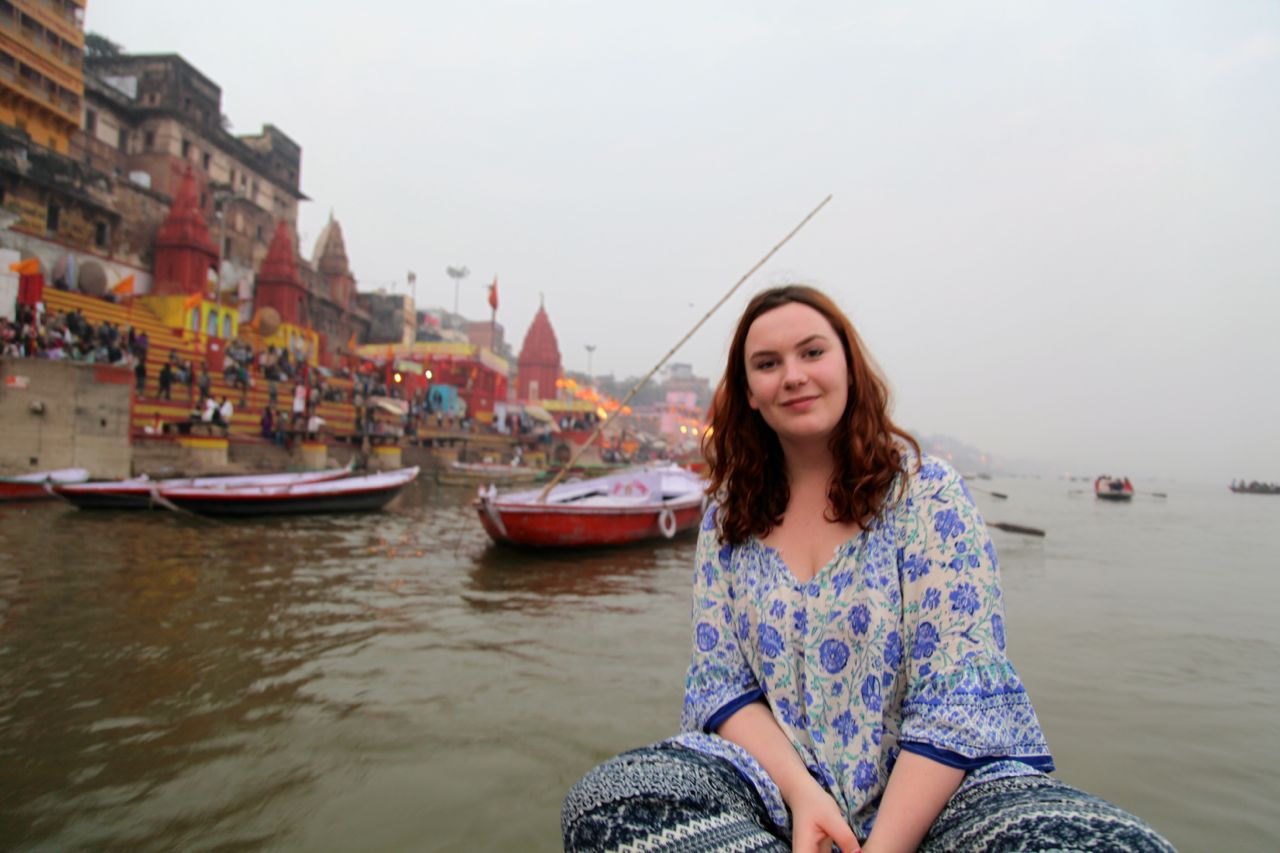The over-all theme for our Integrated Media mini-clips is ‘relations’. I feel like this is basically meaning ‘connections’, which comes up in my academic blogs posts all the time. It also came up in today’s Integrated Media lecture, where Adrian Miles commented that everything is related and therefore the world is a mess (obviously paraphrased). It is also discussed on the media blog here.
Everything is related. In the clips we are looking at the relationship between different things and the camera, and the frame, and itself. So far I have made six clips, three are already up and three will be uploaded to the blog tomorrow.
In these I have had to relate light, not light and shadow to the medium of the 6-10 second clip. Here’s a little info on my thought process:
Light: Here the frame is dark and the only parts of the frame that are illuminated are illuminated by the artificial light of an iPad. This is deliberate use of space. It casts light on the user, who is reading the iPad. He doesn’t move, in order to keep the focus on the illumination and the aesthetics of the light in the frame and not on him as the subject. I chose the settings on my phone in order to emphasise relationship between the light and the frame it is within.
Not light: This is similar to the first clip because it also has an illuminated subject but uses time and not space like the first clip. There is only darkness for many seconds until a light flashes revealing the subject for a moment and then flashing back to darkness. The sudden flash of light reveals what is there in the ‘not light’, or darkness. The relationship is between what is in the not light, and the curiosity of the user. It relies on this curiosity to be surprising and interesting.
Shadows: This is relatively simple in that the shadow is large and grows larger until is fills the frame and casts darkness on the entire frame when it becomes engulfed in shadow. The relationship is between the light, the shadow, the frame and the user, as the user is eventually engulfed by the shadow, when the light disappears, as the frame becomes dark.
